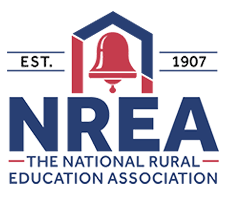Abstract
The requirements of the No Child Left Behind Act of 2001 (NCLB) have presented special challenges and opportunities for rural schools (Reeves, 2003). Researchers have suggested that one way rural schools may be able to overcome these challenges is through an increase in the level of technology integration in their school (Collins & Dewees, 2001). This case study reports on one school’s attempt to use grant resources funded through NCLB to integrate specific instructional technologies to facilitate increased student achievement. Through interviews and observations, the roles, attitudes, and difficulties of teachers and administrators in implementing a technology initiative in a rural middle school were observed, examined and discussed. Emerging themes included issues related to teacher ownership of the technology, teacher feelings of power and participation, differing goals of teachers and administrators, technical difficulties, school wide support, and changes in school culture.
Creative Commons License

This work is licensed under a Creative Commons Attribution 4.0 International License.
Recommended Citation
Cullen, T. A.,
Brush, T. A.,
Frey, T. J.,
Hinshaw, R. S.,
&
Warren, S. J.
(2006).
NCLB Technology and a Rural School: A Case Study.
The Rural Educator, 28(1), 10-17.
https://doi.org/10.35608/ruraled.v28i1.485



